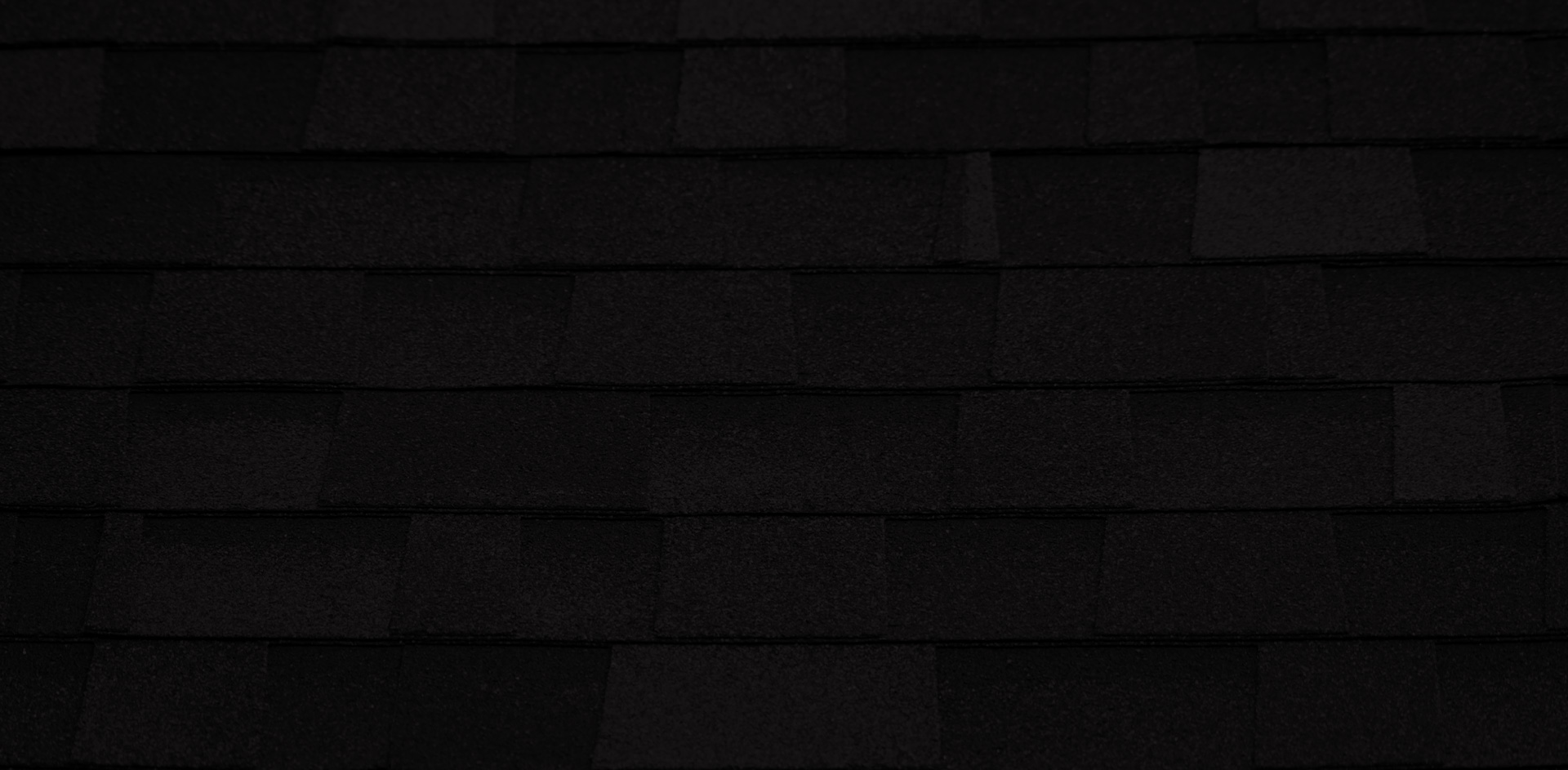It's inevitable for even the sturdiest buildings to deteriorate. But that doesn't mean you should neglect your building's maintenance and wait for it to fall into disrepair. If you let that happen, you’ll have to deal with a costly project that will upset your operating business costs.
The roof is the part of the building that gets the most exposure to the elements, which makes it highly prone to ruin. But because it is out of sight, owners sometimes forget about it and fail to have it checked regularly. Look out for these common commercial roof problems to make sure your roofs last longer.
– Commercial and residential roofs are designed differently. While residential roofs are sloped, commercial building roofs have very little incline (low slope roofs). Some commercial roofs are even completely flat because they house equipment like air conditioning. Because they’re flat, commercial roofs sometimes catch water when it rains or snows. This results in clogged drains and ponding water. As time passes, water will accumulate and the standing water will damage the roof and its adjacent areas. To solve this problem, call your roof experts and ask them to facilitate proper drainage.
– Sometimes, your roofs don’t withstand the test of time because of substandard installation or sloppy workmanship. Contractors may not have the expertise to handle complex commercial roof works, or they may cut corners while doing the job. Built-up roof (BUR) membranes, for example, have several layers of materials that should be cleaned, dried, and primed for the adhesive to work properly. If the contractor does a subpar job with any of the layers, the adhesive may come off. It’s imperative that your roofing contractor is certified to do necessary installations. They should also provide a formal report stating that roof installations or repairs passed industry standards.
– The parts where the roof plane meets a vertical surface like a wall are especially prone to water damage and require more protection. Flashing — pieces of thin, galvanized steel or aluminum — help redirect water away from these prone areas. But while roof flashing is impervious to the elements, it’s not completely sturdy. Extreme weather conditions can shrink, bend, tilt, or pull it away from the wall or the roof. When this happens, water can get inside your building and cause more damage than you can imagine. Make it a point to have your flashing inspected by roofing experts at least twice a year.
– Roofs protect your property from harsh weather, so expect that they will take a hit. Rain and hailstorms, for instance, pelt your roof, and hot summers bake it. At some point, your roof is bound to experience cracking or weathering. A thorough inspection from your trusted roofing contractor can tell the extent of the erosion and whether you need to replace parts of the roof or renovate it completely.
– Small roofing problems like cracked tiles or punctures can lead to bigger ones when they’re not fixed right away. This can be due to the roof repairs being neglected and pushed down the list of priorities. Such oversight can be costly, so schedule regular repairs.
Let only professional roofing contractors touch your commercial roof. Some owners make the mistake of hiring residential roof contractors who lack the knowledge to use industry supplies, materials, and techniques specific to commercial roofs.
- Ponding water
- Poor installation or repairs
- Flashing problems
- Surface erosion
- Oversight
Are you planning to replace or renovate your commercial property’s roof? Hire a highly experienced and reliable roofing contractor in Nevada like D&D Roofing. We guarantee that your business can operate normally while we work. Our experts minimize disruption to your workflow and take extra measures to protect your safety and property. Contact us today.

